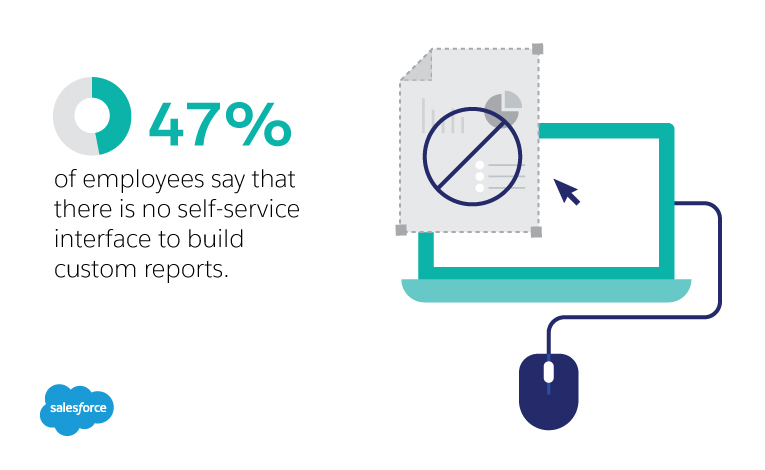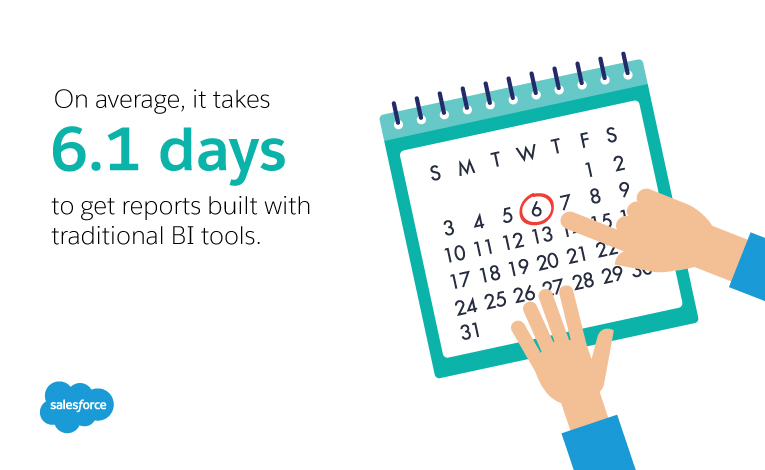bi reporting tools
10 Important Traits to Look for in BI Reporting Tools

Advantages of BI Reporting Tools

Specifically-designed reporting tools not only allow for fast, easy generation of reports, but are also designed to be able to present reports in a way that is easy to comprehend, using whatever data you may wish to analyse. However, not every BI reporting tool offers the same advantages, and selecting a BI reporting tool that is well-suited towards the particular needs of your business can be a difficult process.
Thankfully, there are certain features that are shared between the best BI reporting tools. By using the presence (or absence) of these features as a standard against which to measure available BI reporting tools, and then further reviewing and testing the tools that seem most promising, an organisation will be able to find the tool that works best for it.
The Necessity of Usability
Business intelligence is generally used across a variety of departments, and needs to be easily-accessible for any user who might need to work with it—not just those with an IT background. However, this can be a difficult prospect. After all, the vast amounts of data being acquired and analysed create a complexity that can be difficult to avoid when it comes time for the the BI tool to take over. Easy, intuitive interface, along with built-in training options, help to improve the implementation process, and increase employee adoption rates. To this end, the best BI reporting tools use data visualisation.
BI reporting tools that make use of advanced data visualisation—often by way of an interactive dashboard—are able to condense large amounts of data into simple-to-comprehend images, charts, diagrams, etc. These visual data-representations can then be interacted with, providing a cursory, at-a-glance overview of all of the important information a business may need, while also allowing for more in-depth review of the numbers that really matter, all without having to involve IT specialists.
And speaking of IT, does it make sense for the decision-making process within an organisation to be routed through the IT department? Probably not. However, BI reporting tools that don’t feature self-serviceability force the process to do just that. Self-service, on the other hand, means that the leaders who are responsible for making the big decisions are also the ones who are using the data, and are doing so in a way that is intuitive and straightforward. Unfortunately, in 47% of cases, there is no self-service interface with which to build custom reports.


